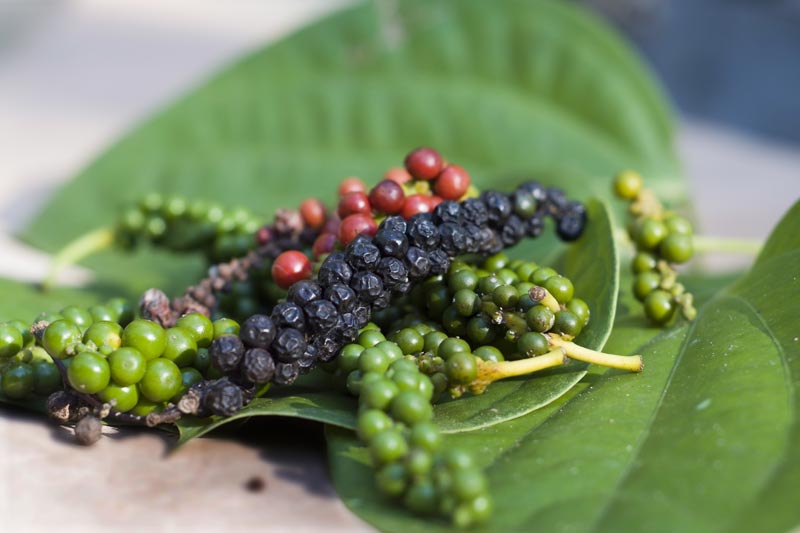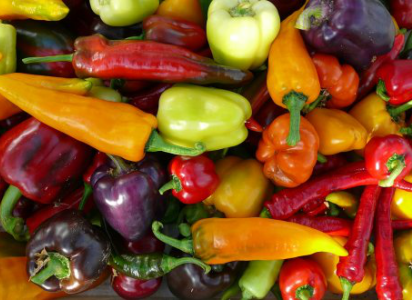
When you hear the word “pepper,” your mind might jump to that familiar shaker on the dinner table, filled with tiny black specks from Piper nigrum. But right next to it, in your spice rack, sits another pepper entirely: the brilliant red cayenne pepper.
Both wear the same name, yet they come from two very different worlds. So how did a fiery chili from the Americas end up sharing its name with an ancient spice from Asia? Let’s untangle this flavorful family tree.
Two Peppers, Two Lineages
The confusion starts with history (and a bit of linguistic evolution).
Black, white, and green peppercorns all come from the same plant: Piper nigrum, a flowering vine native to India. Its dried berries gave rise to what we now call pepper, a spice so prized it once served as currency and drove centuries of exploration and trade. The compound responsible for its bite is piperine, which tingles gently rather than burns.

Cayenne pepper, however, is a member of the Capsicum family: the same botanical group that gives us bell peppers, jalapeños, and habaneros. Its heat comes from capsaicin, a molecule that sets off your body’s pain receptors and triggers that addictive, fiery rush.

In short:
- Piper nigrum → classic black pepper (piperine-based heat)
- Capsicum annuum → cayenne and chilies (capsaicin-based heat)
Different plants, different chemistry, yet somehow united by name and purpose.
So why do both share the name “pepper”?
Blame the early European colonizers.
When Christopher Columbus first encountered chilies in the Caribbean, he was looking for black pepper, the “black gold” of the East. The fiery fruits he found instead reminded him of pepper’s pungent flavor, so he called them peppers too.
The name stuck, and the world has been blending the two ever since linguistically, if not botanically.
Even though they’re distant cousins, black pepper and cayenne pepper share an important culinary role: they both add heat, depth, and energy to food. They awaken the tongue and sharpen the senses, transforming simple dishes into vibrant experiences.
- Black pepper adds warmth and aroma: earthy, floral, and a little sharp.
- Cayenne brings pure heat: clean, bright, and exhilarating.
Used together, they create layers of spice that dance across your palate, piperine’s subtle glow beneath capsaicin’s flame.
Today, “pepper” is less about strict botany and more about flavor philosophy. Whether it comes from vine or pod, ground or dried, “pepper” means something that excites the senses.
So while cayenne isn’t a true peppercorn relative, it absolutely earns its place in the pepper family, not by birth, but by spirit.
Black pepper and cayenne pepper are like distant cousins from opposite sides of the world, one smooth-talking and aromatic, the other bold and fiery, but both essential to the story of spice.
Together, they remind us that food, like language, evolves through curiosity, exploration, and a touch of heat.
💡 Fun Fact
Cayenne pepper gets its name from Cayenne, French Guiana, where it was historically cultivated and traded. It’s part of the Capsicum annuum species: the same species as many sweet and hot peppers we enjoy today.
Lovely bright images 🙂
Fascinating…
Hey Ana, great article right there! I was just wondering, maybe you could add some alt text to your images? 🙂